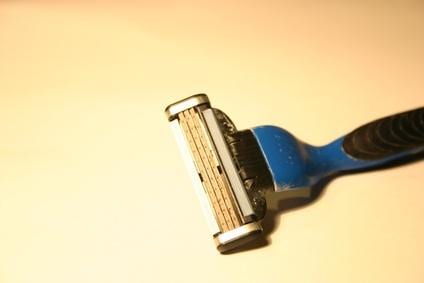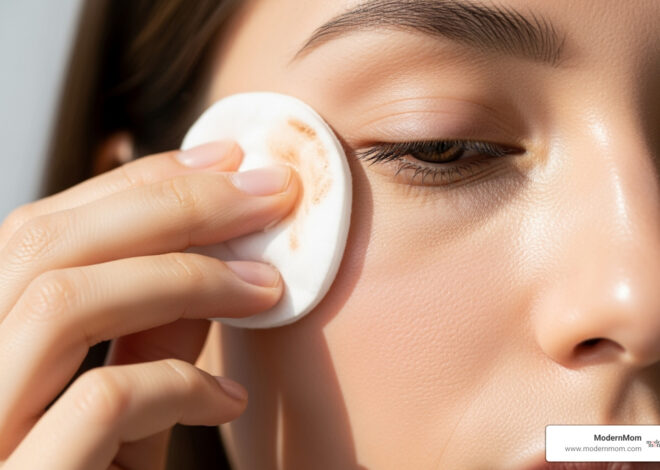You know that ingrown hairs can cause problems in plenty of places. The bikini area, thighs and even your face may have telltale red bumps and show signs of itching and inflammation from hairs that don’t quite poke through the skin’s surface. Ingrown hairs can often be painful and uncomfortable–not what a busy mom needs with so many other demands on your time. You may even choose to forgo the extreme shaving and waxing that otherwise maintains your sexiness to avoid that itching and pain. If left untreated, ingrown hairs can cause infection and disfigure your skin. No one wants that, right? Treat ingrown hairs properly for greatest comfort and to keep enjoying smooth, sexy skin.
Step 1
Exfoliate skin immediately after hair removal and during every shower or cleansing. Use a delicate scrubbing sponge or loofah massaged over the skin in a circular motion. Don’t rub too hard, just lightly rub the sponge over the skin. Scrubbing vigorously can actually cause greater irritation and redness, so don’t go there.
Step 2
Use a mild soap when washing the area with ingrown hairs. Look for a cleanser for sensitive skin without harsh dyes or fragrances. If you want to smell good also, use two cleansers in the shower, one for your non-shaven areas with your favorite fragrance, and another one to baby those razor bumps.
Step 3
Apply a lotion that won’t clog pores after hair removal. Look for a lotion labeled “noncomedogenic,” which means it has been proven to not clog pores. Moisturizing the skin after hair removal helps prevent irritation that can lead to ingrown hairs.
Step 4
Spread an over-the-counter cream containing salicylic acid on the area with the ingrown hairs. Salicylic acid, frequently used to treat mild or moderate acne and sold at most drug stores, helps reduce the inflammation of ingrown hairs and exfoliates the skin covering the hairs to help resolve the situation. Apply the cream at least twice per day.
Step 5
See a doctor if the pesky problem doesn’t resolve. A doctor may be able to effectively remove a severe ingrown hair in her office and treat the resulting cyst.
Warnings
- Digging at ingrown hairs or popping the resulting cysts can actually cause additional inflammation at the site, exacerbating the problem. Picking the hairs can cause infection in the skin or follicles. Use care when treating the area; wash your hands first, and use only gentle pressure to exfoliate. Be patient: It may take a few days to successfully remove the layers of skin blocking the hair’s growth.
Photo Credit
- shaving image by Allyson Ricketts from Fotolia.com





